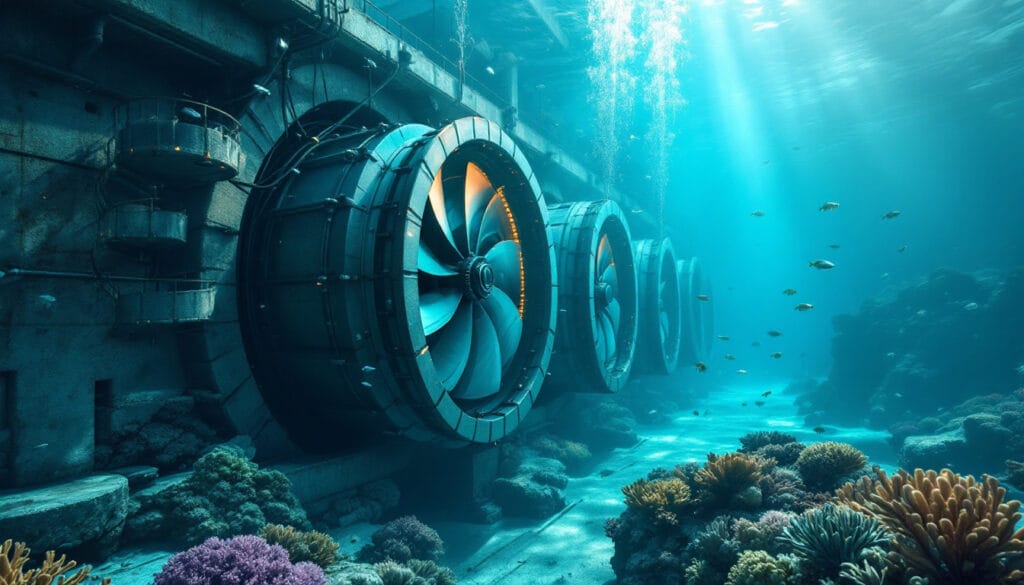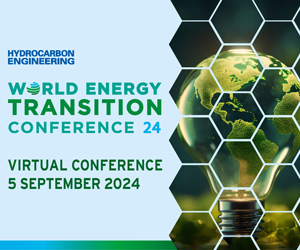Secondary energy is a form of energy that results from the transformation of primary energy. Unlike natural energy sources such as solar radiation or wind, secondary energy is not available as such in the environment. For example, electricity and vehicle fuel are secondary energies that come from refining or converting primary energy resources. This intermediate phase makes energy usable for various daily applications. Major categories include electricity, manufactured fuels like gasoline, and even heat derived from gas. Each type of secondary energy is an essential step between raw energy extraction and its final usage.
Energy is a fundamental element that fuels our daily lives. When we talk about energy, it is essential to distinguish between primary energy and secondary energy. So, what does secondary energy really mean?
Secondary energy is the result of a transformation process, while primary energy is raw, directly available in the environment. For example, the sun produces solar radiation, which is a primary energy. In contrast, electricity, which lights up our homes, is a secondary energy, as it results from the conversion of these forms of primary energy.
A typical example of transformation into secondary energy is the combustion of gas in a power plant to produce electricity. Gas, a source of primary energy, is transformed through energy processes into a more usable form for our daily consumption. Another example of this conversion is the gasoline we use to fuel our cars, which comes from the refining of crude oil.
Transformations can produce different forms of secondary energies. Among them, three main types are primarily recognized: nuclear energy from nuclear plants, secondary fossil energies like liquefied gas or diesel, and renewable secondary energies like electricity generated from wind or solar power. Understanding these processes is crucial to optimize our energy consumption and maximize energy efficiency.
The concept of secondary energy is part of a move towards optimizing the use of available resources. Understanding this notion allows for better insight into how energy travels from its primary source to the final user. Would you like to delve deeper into this reflection on the distinction between primary and secondary energy? You can learn more at this link.
Another crucial source of secondary energy is electricity. Whether it’s charging a smartphone, heating a pan, or powering an electric car, electricity is omnipresent in our daily lives. It perfectly illustrates how a primary energy — like wind or flowing water — can be harnessed to generate usable energy.
When exploring energy principles, it may be wise to discover innovative solutions that enhance the efficiency and sustainability of our energy consumption. For example, advanced geothermal technologies reduce the carbon footprint of contemporary buildings while harnessing a type of sustainable secondary energy. To learn more and potentially integrate these solutions, a consultation at this page is advisable.
Ultimately, secondary energy, essential for our modern life, results from an indispensable transformation that provides usable final energy for all. That is, it is a crucial step between extracting energy in its raw state and its practical use in our daily activities. To understand the impact of these energy conversions and how to optimize them, explore the energy balance through this resource.

Q : What is the difference between primary energy and secondary energy?
A : Primary energy refers to raw energy that has not undergone transformation, such as crude oil or wind energy. In contrast, secondary energy results from the transformation of this primary energy to become usable, like electricity or diesel.
Q : How is secondary energy produced?
A : Secondary energy is produced by converting primary energy through various processes such as refining, combustion, or nuclear conversion, to provide consumers with a form of usable final energy.
Q : What are some common examples of secondary energy?
A : Common examples of secondary energy include electricity used to charge a phone, liquefied natural gas used for cooking, and refined fuel like gasoline to power a vehicle.
Q : Can renewable energies be considered secondary energies?
A : Yes, renewable energies can become secondary energies once transformed. For example, solar energy converted into electricity to power a home constitutes a renewable secondary energy.
Q : What is the impact of secondary energies on our daily lives?
A : Secondary energies facilitate our daily lives by providing practical and ready-to-use forms of energy for various daily activities such as lighting, heating, and transportation, thereby contributing to the development and comfort of our modern society.
Articles similaires
Thank you!
We will contact you soon.













